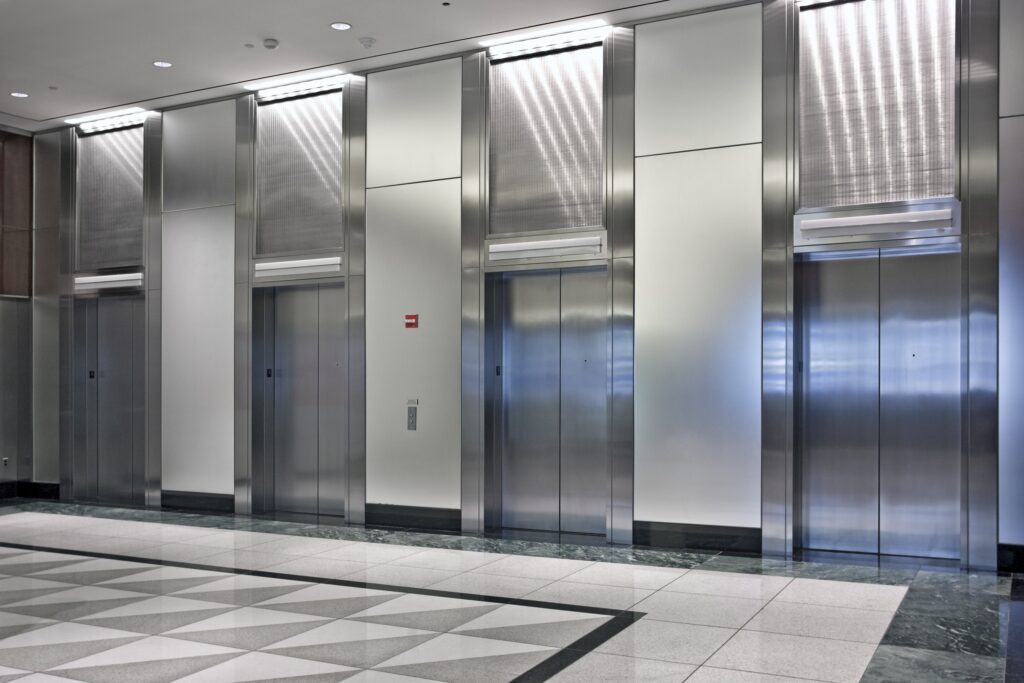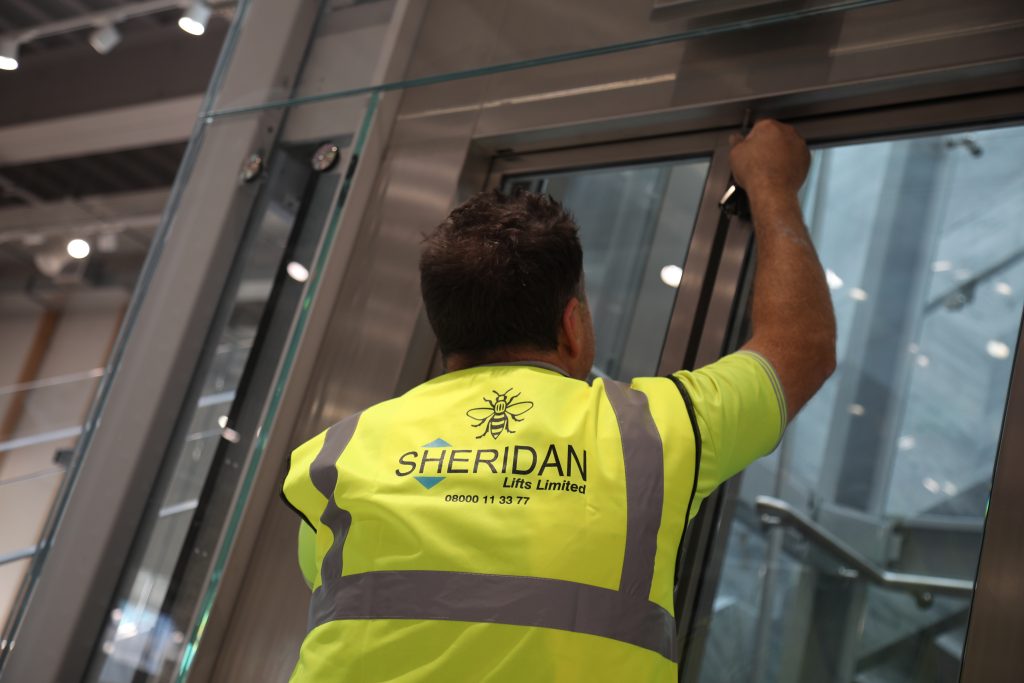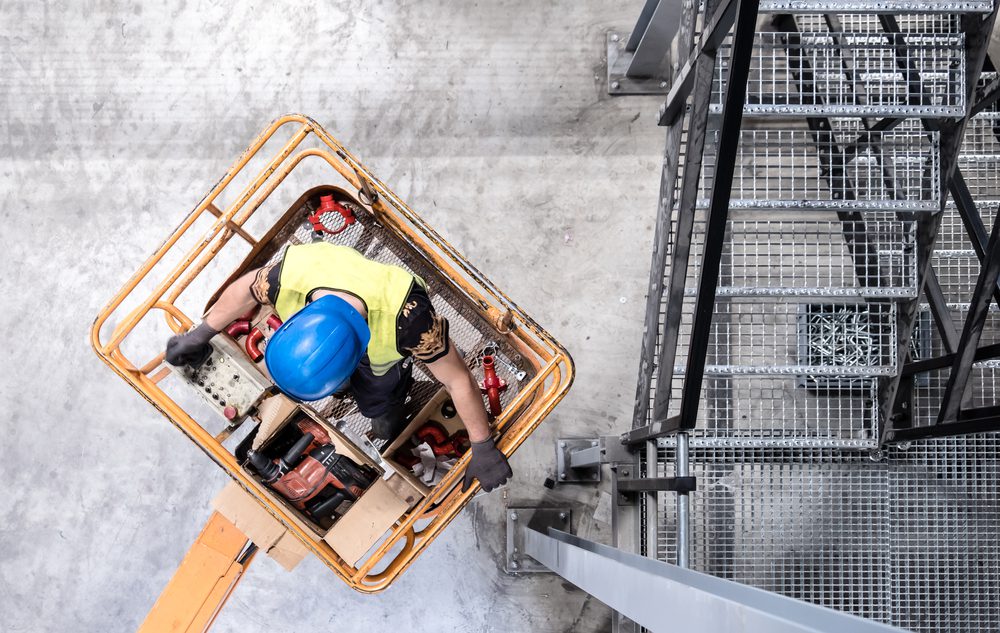What can happen if you neglect lift repairs? The consequences can range from compromised passenger safety to financial loss and legal liabilities but, whichever the outcome, neglecting lift repairs is not a place you’ll want to be.
Regular lift maintenance by a qualified lift engineer is crucial for any property manager. Falling behind on your checks can lead to a domino effect, making major issues out of minor faults in some cases, which compromises the smooth operation of your building and can result in devastating consequences.
Join us as we explore the potential dangers that arise when lift repairs are neglected.
From the hidden risks that lurk behind seemingly minor issues to the cascading effects on building occupants and your reputation, we shed light on the reality of what can happen if you neglect lift repairs.

What Can Happen If You Neglect Lift Repairs Frequently?
Failure to address lift repairs promptly can result in costly breakdowns, leaving both lift owners and building managers scrambling to find quick solutions.
Here are some of the consequences of neglecting your lift repairs:
#1 Safety risks
The number one consequence to lift repair neglect is compromised safety for users. Like any other method of transportation, there is always a risk of accidents, but most of the time, the risk can be mitigated by keeping an eye out for signs that your lift needs maintenance and acting accordingly. Nearly 10,000 people go to A&E every year due to common lift accidents!
In the event of a lift failure or malfunction, users could be trapped inside the lift, or worse, suffer from bodily injuries and these can be fatal. Regular maintenance and repair can minimise and prevent these safety risks.
#2 Legal action
Lift owners have a legal responsibility and are liable to ensure that their lifts are regularly maintained and kept in good condition. Failure to do so could result in legal action against the building owner. Tenancy agreements may require lift repairs to be carried out, and service providers may have agreements in place to ensure that urgent repairs are addressed in a timely manner.
Failure to comply with these agreements or repair schemes may result in follow-up action that could ultimately lead to legal action.
One situation where legal action may be taken is in the event of an accident caused by lift failure or malfunction. If it is determined that the person in charge was negligent in providing proper maintenance and repair, you may be held liable for any injuries or damages that occur in the lift. This can result in significant financial and reputational damage, not to mention the emotional toll of being involved in a serious accident.
It’s worth noting that legal action can come from a range of sources, including residents, visitors, and regulatory bodies. In the healthcare sector, neglectful care can result in harm to vulnerable adults with care needs, including nursing home residents and hospital workers and residents. Care staff have a legal responsibility to provide adequate care that meets the required standards of care outlined in the legal framework.
#3 Reputational damage
Neglecting lift repairs can result in a damaged reputation for lift owners, building managers, and the company associated as well as potential redundancy.
What can you do about this? Stay on top of reporting. Any time someone reports a fault, an unusual sound, or a slight shake, follow up with an inspection. Schedule regular lift maintenance visits with a reliable lift repair and maintenance company, such as Sheridan Lifts.
#4 Financial impact
Unexpected lift failures can lead to costly repairs, especially if you don’t have a yearly package such as the ones that Sheridan Lifts offer. Emergency repairs and part replacements can be incredibly expensive. Regular maintenance and repairs can help to prevent these unexpected costs as you’ll be in an agreed-upon package that covers as much as you need to.
Failure to carry out lift maintenance and repair can result in court cases. If you’re found liable, as per UK law, you will cover all costs associated with the case, as well as any compensation to the claimant.

Your Duty to Take Reasonable Care of Your Lifts
Lifts play a crucial role in the daily lives of many individuals, including elderly and disabled people, as well as those living in high-rise buildings. As landlords and building managers, you are legally responsible for ensuring the safety of everyone using the lifts in your building.
As a result, it is crucial to have regular inspections of lifts and to make repairs as soon as a problem is detected. This could be a common lift problem such as wear and tear or a bit of a mystery. Either way, we recommend that you leave it to the professionals to solve these issues.
If you think your lift has a problem, call one of our highly skilled engineers and you’ll be in safe hands.
What Is Neglectful Care?
Neglectful care occurs when those with caring responsibilities fail to provide the necessary care, support, and maintenance required to ensure the well-being of those who are dependent on them. In the case of lift owners, failure to carry out necessary repairs and maintenance can have serious consequences for users of the lift.
Who Is in Charge of Lift Repairs?
The person (or organisation) in charge of the building or property – such as a landlord, building manager, building owners, developers or council in the case of public sector properties – is typically responsible for the lift repairs.
It is your duty to carry out repairs, not your occupants or tenants, whether you manage a public sector building or own residential property.
What Is the Legal Responsibility of Lift Owners?
In the UK, lift owners have the legal responsibility to ensure the safety and proper maintenance of their lifts. This includes:
- Lift Maintenance: You are responsible for ensuring that lifts are properly maintained. This includes regular inspections, servicing, and repairs by competent and qualified engineers. Lifts should be maintained in accordance with the manufacturer’s recommendations and industry standards.
- Thorough Examination: As lift owners, you must arrange for a thorough lift examination by a competent person at regular intervals. The examination is conducted to assess the lift’s safety and compliance with relevant regulations. The frequency of thorough examinations depends on the type of lift and its usage but is typically at least every six months for passenger lifts.
- Compliance with Regulations: You must ensure that the lift meets the requirements of applicable regulations, such as the Lifts Regulations 2016 and the Provision and Use of Work Equipment Regulations 1998 (PUWER). These regulations cover various aspects, including safety, design, construction, installation, and operation of lifts.
- Safety Measures: The responsibility of implementing appropriate safety measures is up to you as the lift owner. This may include providing clear instructions for operating the lift, ensuring proper signage, maintaining emergency communication systems, and installing safety devices such as interlocks, emergency lighting, and alarm systems.
- Risk Assessments: Lift owners should conduct risk assessments to identify and manage potential hazards. This involves assessing factors such as maintenance requirements, user safety, fire safety, and accessibility. Steps should be taken to mitigate identified risks and maintain a safe environment.
- Record-Keeping: You must maintain records of lift maintenance, thorough examinations, and any repairs or modifications made. These records should be kept for a specified period, typically five years, and be available for inspection by relevant authorities upon request.
What to Do in the Event of a Lift Emergency
- Stay Calm: It’s natural to feel anxious or concerned during a lift emergency, but try to stay calm and remember the do’s and don’ts of getting stuck in a lift. Lift emergencies are relatively rare, but there are procedures in place to handle them.
- Use the Emergency Communication: If available, use the emergency communication system within the lift to alert someone of the situation. Lifts typically have an intercom or emergency phone that connects directly to a monitoring station or building management. Use this to communicate your situation and await instructions.
- Do Not Attempt Self-Rescue: Unless specifically trained and authorised to do so, it is generally advised not to attempt self-rescue. Avoid trying to force the doors open or climbing out of the lift. This can be dangerous and may lead to further complications.
- Call Sheridan Lifts and Await Assistance: If you’re the one inside, stay calm and wait for one of our professional engineers to help you on arrival. If you’re part of the building’s management, stay in contact with the occupants stuck inside, encouraging them to avoid tampering with the lift in an attempt to exit and that help is on the way. For lift entrapments, we have a 1-hour callout guarantee.
- Stay Away from the Doors: While waiting for assistance from us, avoid standing close to the doors. It is crucial to keep your distance to prevent injury when the lift starts moving again or when help arrives.
- Stay in Communication: Maintain communication with the lift engineer throughout the process. Provide any additional information they may need and update them on the situation inside the lift if necessary.

Feel You’re in Need of a Lift Repair? See How Sheridan Lifts Can Help You
With Sheridan Lifts, don’t wait to find out what happens if you neglect lift repairs – instead, have peace of mind with our thorough lift repair package. We are a reliable partner in all things lift maintenance.
Here at Sheridan Lifts, we believe in a proactive approach where we like to prevent accidents instead. We are the UK’s leading independent lift company, offering bespoke solutions on all things lift repair and maintenance.
Unsure of what lift service you require? We are a call away, get in touch today!